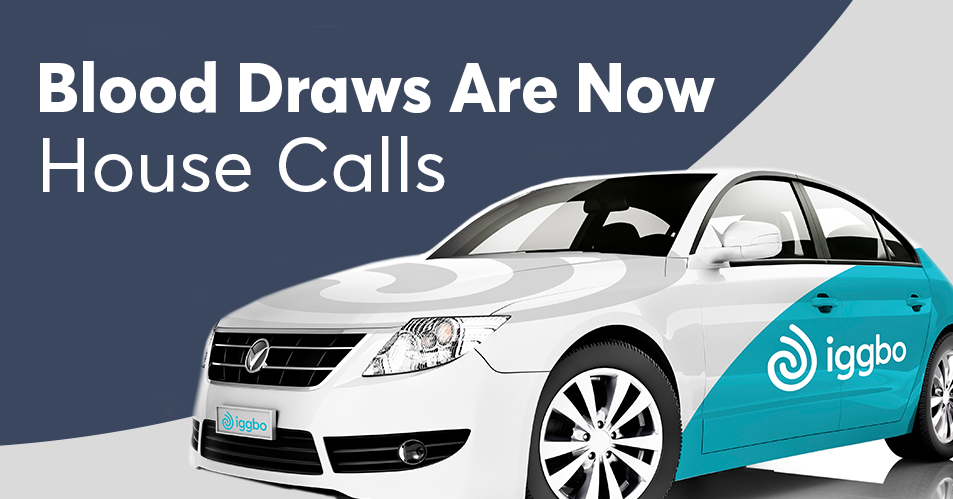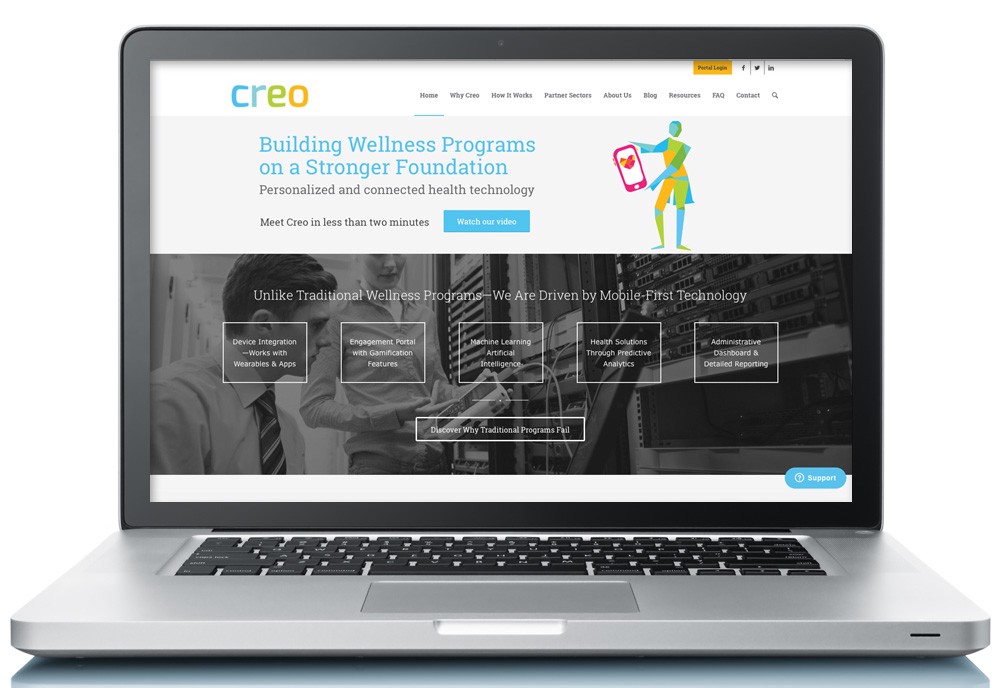5 Healthcare Trends to Watch in 2017
2016 brought massive changes in the healthcare industry. Expect no less in 2017. Expect more.
1. Free market throw-down
With the regime shift in Washington, 2017 will shake up payers yet again. While changes to the Affordable Care Act may not be as drastic as many hope or fear, Trump’s promise to allow consumers to purchase insurance across state lines will create opportunities for payer growth that have not existed for decades. Trump also plans to require price transparency from healthcare providers, which will also encourage commercially competitive pricing. While the term “price war” may be ambitious for the resolutely conservative industry, 2017 healthcare winners will embrace and thrive in a fiercely competitive and dynamic economic environment.
Low-cost, high-deductible, high co-insurance plans are here to stay. Don’t expect the movement toward a more consumer-driven healthcare market compelled by the ACA to disappear in partisan politics. Yet, with more than $2 billion in digital health funding in the first half of 2016 alone, the industry is pumping with the fresh blood of entrepreneurs eager to bring on fresh models for healthcare delivery.[1] In 2017, the healthcare ecosystem will look more like retail, with a slant towards technology solutions.
2. Gig economy healthcare
The gig economy has disrupted taxi services, hotel industries, and food delivery — now it’s coming for healthcare. As marketplace competition becomes more heated, health systems and provider groups will reduce full-time resources in favor of skilled healthcare specialists operating on demand.
A recent example is Iggbo, an Uber-like service that allows patients to schedule blood draws for lab testing at their home or office rather than having to drive to a bricks and mortar location. Beyond patient convenience, this model saves physicians the cost of staffing a full-time phlebotomist. Additionally, it opens up a more competitive laboratory market where small independent labs — that are unable to invest in a nation-wide network of draw centers — can still access physicians and patients.
And Uber got onboard post haste in 2016, partnering with Passport Health to offer a range of on-demand vaccination services. In 2017, keep an eye out for the release of new platforms that offer the consumer direct contact with a variety of freelance healthcare providers.
3. The mobile healthcare customer
More people are browsing with their phones than ever before, with more than 44% of all web traffic coming from mobile sources in 2016. This figure is rising with every year, and healthcare providers will prepare for a year in which most online interactions with patients will take place through a mobile interface.
Mobile-friendly websites will be replaced by mobile-first websites. What’s more, with the rise in mobile and the IoT’s use of speech recognition, the savvy healthcare business will be well known by search assistants Siri, Cortana, and Alexa.
4. Targeted digital marketing
Healthcare has been slower than other industries to adopt digital marketing, favoring the ‘shotgun’ approach of traditional mass marketing, like outdoor billboards and television ads. In fact, even when combined with pharma, healthcare only comprises 2.8% of digital advertising spending.[2] As an alternative, 2017 healthcare companies will reap intelligence from big data to stratify consumers based on health profiles and will target those individuals online with digital advertising. The savviest of those companies will serve their target customers content that engages and educates them on relevant health issues, creating loyal patients.
5. Healthcare artificial intelligence
A calculator can perform complex calculations better than a physician. And increasingly, algorithms are processing large amounts of data to reach more accurate evidence-based conclusions. Genome sequencing and biometrics tracking will play a big part in this.
Medical data is expected to double every 73 days by 2020.[3]
Look at Creo Wellness, a technology-driven population health platform. While typical corporate wellness companies serve participants a schedule of diet and exercise tips and activities in the hope of improved employee health, Creo uses machine learning, a type of artificial intelligence, to serve participants content and challenges that are based on each individual’s risk stratification. Think of it like the Netflix recommendation engine. Machine learning recommends effective healthcare solutions just like Netflix recommends movies, based on the successful engagement of thousands of others who have exhibited the same behavior patterns.
A leader in the field is IBM’s Watson Health. With Watson, the American Sleep Apnea Association is conducting a study using mobile devices to examine connections between sleep habits and health outcomes. While much of the use of artificial intelligence has been limited to research studies in the past, 2017 should see a commercialization of this technology, particularly in chronic disease management. But expect this trend to invade every nook of healthcare, as is demonstrated in this list of over 90 artificial intelligence healthcare startups.
- Digital Health Funding 2016 Midyear Review, found at: https://rockhealth.com/reports/digital-health-funding-2016-midyear-review/
- Can Digital Ad Pend in the US Healthcare and Pharma Catch Up? May 26, 205, found at: https://www.emarketer.com/Article/Digital-Ad-Spend-US-Healthcare-Pharma-Ind…
- University of Iowa, Carver College of Medicine, 2014.




